|
With snow in the forecast for many of us, it’s time to light a fire, prepare a hearty meal, and open a bottle of wine. So here are three palate-pleasing red wines to sip by the fire or enjoy with a meal. And if you’re basking in balmy weather. I’ve included a fresh and sassy white wine! But, of course, all four wines are great to drink any time of year! Abate Lugana DOC 2021 Lugana DOC is a small denomination located on the southern banks of Lake Garda, which crosses over both the Lombardy and Veneto regions in northern Italy. Lugana is renowned for its white wines and distinctive morainic terroir of penetrating humid clay soils and rich minerals deposited by the glacial moraines of thousands of years ago. The wines are naturally high in acidity with characteristic aromas of white flowers and citrus. Trebbiano (Turbiana) is this region’s signature white grape. The Abate family has been growing grapes here since 1920, but it wasn’t until generations later that they produced their first wine. Abate Wine was founded in 2018 and is owned by Sergio Abate. This wine is 100% Turbiana. Nose: Floral, peach, apple, citrus, and minerality. Palate: White stone fruit, vibrant acidity, and minerality driven. Notes of lemon, a hint of herbs, and a creamy mouthfeel. Alcohol: 13% SRP: $10 Pairing suggestions: Enjoy as an aperitif, or serve with seafood, light appetizers, mushroom risotto, and salads. Casalforte Valpolicella Superiore DOC 2020 Riondo Winery, founded in 2008, is an offshoot of the cooperative consortium Collis Veneto Wine Group. Valpolicella is east of Lake Garda, situated in the province of Verona. Valpolicella produces the famous grape varieties Corvina, Rondinella, and Oseleta, and it is considered the most famous red wine area in Veneto. Valpolicella was given DOC status in the 1960s. Many styles are produced here, such as Classico, Superiore, Amarone, and Ripasso, and range from light and easy-drinking to powerful and complex wines. This wine is a blend of Corvina, Rondinella, Corvinone, and other grapes. It has been aged partly in stainless steel and partly in wood casks for 12 months. Nose: Fragrant aromas of cherry, plum, baking spice, herbs, and hints of yeast. Palate: Rich and silky with cherry, blueberry, anise, vanilla, smooth tannins, and a long finish. Alcohol: 13% SRP: $15.99 Pairing suggestions: Grilled or roasted meat, game, creamy pasta, seared tuna, or aged cheese. Talosa Nobile Di Montepulciano Riserva DOCG 2017 Talosa is a boutique winery with 33 hectares located in the heart of Montepulciano in Tuscany and is owned by the Jacorossi family since 1972. Their historic aging cellar dates back to the 16th century. It is in the old town center of Montepulciano, in an underground area between two of the oldest buildings in the city, Palazzo Tarugi and Palazzo Sinatti. The brick passageways contain a series of vaults and niches where the barrels are placed. In 1980 Vino Nobile became one of the first four appellations given superior status of DOCG, along with Barolo, Brunello di Montalcino, and Barbaresco. This wine is 100% Sangiovese. After carefully selecting grapes, the fermentation time is about 20-25 days at controlled temperatures in stainless steel. The maturation is for three years in new oak tonneaux and 2nd passage, big barrels, and stainless steel. The finished wine continues to age in bottle for at least six months before release. It has an aging potential of over 15 years. Nose: Rose petals, berries, cherry, baking spice, and earthy. Palate: Concentrated flavors of dark berries, plum, cherry, and spice. Silky tannins, nice acidity, and understated minerality. Elegant, bold, and structured with a long finish. Alcohol: 14.5% SRP: $38 Pairing suggestions: Beef, game, hearty stews, pasta, or vegetable pizza. Cuslanus Amarone della Valpolicella DOCG Classico Riserva 2015 Albino Armani Winery has been making wine since 1607. Today, the family project boasts five privately owned estates composed of 330 hectares of vineyards. The family vineyards are in three major Italian wine-growing regions: Veneto, Trentino, and Friuli-Venezia Giulia. Albino has a strong bond with the land and says, “Sustainability = Viticulture and Social Responsibility.” All of the Albino Armani vineyards since 2019 have been given the SQNPI certification. This national certification aims to help agricultural ecosystems monitor and reduce environmental impact, reducing the use of synthetic chemicals and rationalizing all agronomic practices such as fertilization and irrigation. This wine is a blend of Corvina, Corvinone, and Rondinella. The grapes are sourced from vineyards in the high hills of the Valpolicella Classico production area at 500 meters. After a careful selection in the vineyard, the grapes are put in trays and left to dry in a drying loft called “fruttaio,” located next to the winery. This “appassimento” process is very slow in order to support the concentration of sugar, structure, and aromas. In the first months of the year following the harvest, the grapes are gently pressed, and then a long and slow fermentation in contact with the skins takes place. After this, the wine is aged for a long time in big barrels and tonneaux until bottling. It is then released to the market after at least four years. Nose: Lovely aromas of dark cherry, berries, spice, and a hint of earth.
Palate: Fine ripe fruit with cherry, red and dark berries, fennel, sweet spice, chocolate, and fine-grained tannins. An elegant and seductive wine. Alcohol: 15.5% SRP: $59.99 Pairing suggestions: Brisket, game, pasta, vegetable stew, truffle risotto, or sip and enjoy on its own. I hope these wines have piqued your interest. I’m ready to cozy up to a roaring fire with a glass of wine and a hearty stew! Until next time… Cheers! Penina To leave a comment or if you have an inquiry, please contact me at [email protected] If you are looking to dazzle your palate, celebrate a special occasion, or seek something beyond the usual wine gift this holiday season, consider these wines. And yes, they are pricey. However, if it is within your budget, these wines are worth exploring and will surely impress the discerning palate. Château d’Esclans Garrus 2020 This luxury cuvée is made in the heart of Provence, France, and it is considered Château d’Esclans’ finest wine. The estate refers to it as “the essence of 100-year-old vines.” It is a blend of Grenache, Vermentino and Syrah. The grapes are sourced from a single vineyard of 100-year-old vines, with fermentation and aging taking place in large French oak barrels. Nose: Beautiful notes of floral, peach, berries, and spice. Palate: Lush, ripe red berries, white stone fruit, vibrant acidity, and a hint of minerality. The finish is long, with baking spice, vanilla, and a touch of citrus lingering. Magnifique! Alcohol: 14% SRP: $110 Pairing suggestions: Enjoy as an aperitif or serve with appetizers, seafood, grilled chicken, Ceviche, goat cheese salad, creamy pasta, or grilled vegetables. Famiglia Pasqua Mai Dire Mai Amarone della Valpolicella DOCG 2012 Pasqua Vigneti é Cantine, established in 1925, is located in Verona, Italy. In 2019, I met with third-generation Ricardo and Alessandro Pasqua for an informative and delightful lunch and wine tasting. Included in the tasting was the 2011 Famiglia Pasqua Mai Dire Mai Amarone della Valpolicella DOCG, an unforgettable experience! So, I was very excited when I recently received the 2012 vintage! This wine is a blend of 65% Corvina, 15% Corvinone, 10% Rondinella, and 10% Oseleta. The grapes are hand-harvested and dried in crates for four months. Aging occurs in new French oak casks (70% barrels of 225 liters and 30% 500 liters) for 24 months. Nose: Heady aromas of plum, dark cherry, earth, spice, oak, and cocoa beans. Palate: Aromas segue onto the palate of this complex and opulent wine. Dark fruit merges with baking spice and dark chocolate for a rich, silky, well-balanced wine. The finish is long and elegant. Alcohol: 16.5% SRP: $113 Pairing suggestions: Aged cheese, grilled meat, stews, risotto, and dark chocolate desserts. To learn more about Pasqua, click on the menu at right. (Please note some stats and info have changed since the 2019 article was published.) M by Michael Mondavi Napa Valley Red Blend 2018 The new label on this bottle is a “stop-in-your-tracks” stunner. And what is inside is superb! This wine is a blend of 60% Cabernet Sauvignon, 20% Cabernet Franc, 16% Merlot, and 4% Petit Verdot sourced from a select block within volcanic hillside vineyards sitting on top of Atlas Peak. The vineyards for M by Michael Mondavi Family are sustainably farmed with a focus on biodiversity, allowing each vineyard block’s unique attributes to shine through. Michael’s son, head winemaker Rob Mondavi, Jr, crafts M by Michael Mondavi to “express the balance personified by the great Bordeaux houses, while embracing the rich opulence and plushness of Napa Valley.” Winemaker Sabrina Massola brings her expertise to the blend, inspired by Michael’s palate and guidance. The wine is aged in 60% new French oak for 20 months. Nose: Floral, dark berries, blueberries, plum, baking spice, and herbs set the stage for this rich wine.
Palate: Dark cherry, juicy plum, berries, a touch of violet, and a hint of forest floor, with complexity and fine tannins. The finish goes on forever. This is a seductive and luxuriant wine. Alcohol: 14.5% SRP: $200 Pairing suggestions: Roasted meats and stews, mushroom risotto, hearty soups, seared tuna, or roasted duck. One doesn’t need to deplete their bank account to enjoy a bottle of wine. There are many excellent wines for under $30. However, there are times when one might feel like splurging, and these three wines are a delicious option for those “sumptuous” urges! Until next time… Cheers! Penina To leave a comment or if you have an inquiry, please contact me at [email protected] Nestled in the gently rolling hills of Tuscany in the heart of the Chianti Classico zone lies the family-run estate of Rocca delle Macìe. The late Italo Zingarelli, a well-known actor who was also at age 28 the youngest movie producer in Italy, decided to pursue his true passion and lifelong dream of producing wine. His youngest son, Sergio said, “It was my father’s dream to have a winery.” In 1973 that dream was realized with the purchase of the “Le Macìe” estate. At the time Italo acquired it, only two acres out of 230 acres were under vine. The 14th-century farmstead was in disrepair along with acres of neglected vines. Working together, Italo and Sergio replanted the vineyards and restored the farmstead. More property was purchased and a state-of-the-art cellar was built and modern winemaking equipment was installed. Today, the family has six estates throughout Tuscany comprised of 1500 acres with a total of more than 500 acres under vine and 54 acres of olive groves. Le Macìe, Sant’Alfonso, Fizzano and Le Tavolelle estates are located in the Chianti Classico area. And Campomaccione and Casa Maria estates are located in the Morellino di Scansano area (Maremma). Italo instilled his love and passion for wine and the Tuscan land in his three children, Sergio, Fabio and Sandra. Sergio is quoted as saying, “My father Italo managed to infuse us with his great passion for the Tuscan soil and for the art of making wine. In short, he gave us the desire and the enthusiasm to continue to write that never-ending story that links wine to the lives of human beings. With his cast-iron will, he taught me that to get an idea off the ground takes determination...” In 1984 Sergio assumed responsibility for estate’s worldwide distribution and in 1989 he was appointed Company President. Sergio’s wife, Daniela works with him in running the business. Sergio has been a member of the Executive Board of the Chianti Classico Consortium since 1995 and in 2012 he was appointed President. In 2015 he was confirmed for another three years. I had the pleasure of spending an afternoon with Sergio a few months ago at a winemaker luncheon for a vertical tasting of six Rocca delle Macie’s historic cru wines made exclusively with grapes grown in their Fizzano estate vineyard. Fizzano Farm was purchased in 1984 and spans across 150 acres with 88 acres under vine. The grape varieties grown here are the iconic Sangiovese as well as Merlot and Cabernet Sauvignon. Miocene deposits with a sandy-loamy texture and pebbly soils make up the soil composition. The vineyards have an excellent southern exposure at 985-623 feet above sea level and the mild Mediterranean climate contributes to maintaining the balance of the grapes acidity, sugar and aromas. Our vertical tasting began with three library wines. Library wines are portions of a vintage that have been set aside in the vintner’s cellar as part of their private stock to be enjoyed at a later date. It is not uncommon to store a few cases from each vintage. This area of the cellar is referred to as “the library”. Chianti Classico DOCG Riserva di Fizzano 1995, 1999 and 2005 are made with 85% Sangiovese, 10% Cabernet Sauvignon and 5% Merlot. They are library wines that still make a statement. The 1995 vintage still exhibits tannins along with soft, red dried fruit and earth. The 1999 vintage is rich with plum, blackberries and hints of cherry. The 2005 vintage is remarkably ripe with red berries, spice and hints of espresso. Chianti Classico Gran Selezione DOCG Riserva di Fizzano 2011 is a blend of 95% Sangiovese and 5% Merlot. Gran Selezione is a new classification above Riserva for Chianti Classico DOCG as of 2014. Grapes must be harvested only from the winery’s vineyards along with upgraded requirements for alcohol, extract and a minimum aging of 30 months. The 2011 vintage is quite aromatic with a palate of ripe dark berries, dark cherry, spice and refined tannins. SRP: $39.99 Chianti Classico Gran Selezione DOCG Riserva di Fizzano 2013 is a blend of 95% Sangiovese and 5% Merlot. Dark berries, plum, spice, dark cherry, clove and a touch of chocolate grace the palate. SRP: $39.99 Chianti Classico Gran Selezione DOCG Riserva di Fizzano 2015 The blend for this wine is 93% Sangiovese and 7% Colorino. Although Colorino is used primarily to add color to the wine, the grape has elevated tannin levels that can contribute to the complexity of the wine. This wine is very aromatic with lush berries and spice. The palate offers rich, ripe red berries, plum, cherry, spice, anise and vanilla. I look forward to tasting this wine again in a few years SRP: $39.99 In addition to the vertical tasting, we sampled four more wines that made my palate quite happy. Chianti Classico DOCG 2017 is a blend of 95% Sangiovese and 5% Merlot. Aged eight months in the barrel. The palate offers fresh ripe fruit, berries, dark cherry, soft tannins and a hint of herbs. SRP: $16.99
Chianti Classico Riserva DOCG 2016 is a blend of 90% Sangiovese, 5% Colorino and 5% Cabernet Sauvignon. Aged two years in French oak. Ripe dark berries, spice, anise, soft tannins and a touch of herbs. SRP: $26.99 Chianti Classico Gran Selezione DOCG Sergio Zingarelli 2013 is a blend of 90% Sangiovese and 10% Colorino. The best grapes are sourced from Le Terrazze Vineyard. The wine is aged for 18 months in French oak. Vibrant aromas of floral, dark fruit, toast and earth lead to a palate of berries, plum, cherry, spice, pomegranate, anise and dark coffee beans. Smooth tannins and beautifully structured. SRP: $99.99 Chianti Classico Gran Selezione DOCG Sergio Zingarelli 2014 is 100% Sangiovese. The best grapes are sourced from Le Terrazze Vineyard. It is aged for 20-24 months in French oak. This wine has a rich palate of plum, blackberry, raspberries, cherry, juicy tannins and spice. It is beautifully balanced and elegant. I asked Sergio if climate change has affected the vineyards and if so is there a difference in the wines produced. Sergio replied, “Climate changes didn't affect our vineyards but mostly the way to manage them. Our vineyard manager, of course, needs to spend more attention on the long-term forecast in order to avoid any negative influences on the canopy and of course on the grapes. Fortunately, we have now to our disposal new and more accurate technical equipment that can be used to predict and to control the balance between the growth of the vines and the quality of the grapes. Of course, the wines change if we have a hot and dry harvest or a colder one, but we are trying to keep the same style and philosophy every year.” Sergio talked about his biggest challenge in the vineyards. “We work very hard since the year 2000 to reduce or not use any chemical treatments. We can make this possible using different weather stations, with very hard work in the vineyard and using different viticulture strategies. As per example, the use of "mating disruption" to confuse some different insects with pheromones in the vineyards; the use of antagonists of some insects to control others one. Another challenge is to not use any chemical herbicides since 2000, using only mechanical removal of the herbs under the vines; maintain as best we can a stable balance in the vigor and quality of grapes ratio using only organic fertilizers and a very specific program of cover crops serving as the specific goals and nature of the soils of the different vineyards.” It was a great afternoon of exploring and tasting this impressive lineup of Rocca delle Macìe wines. All of the wines that we tasted are beautifully crafted. And as Sergio said, “The wines must be elegant and give expressions of the vineyard”. Sergio has done just that! Until next time… Cheers! Penina To leave a comment or if you have an inquiry, please contact me at [email protected] It’s that time of year again for putting up seasonal decorations, attending holiday parties, buying an appropriate gift for the host/hostess and shopping for presents which seems to get more challenging as the years go by. Needless to say, it can be quite stressful. However, when it comes to buying gifts for the wine lovers and spirits drinkers on my list, I always have fun picking out just the right bottle or two for each recipient. And thanks to Bertani winery, shopping just got a little easier for me. Bertani produces a variety of world-class wines that will impress and please anyone’s palate. I recently received four samples of assorted wines from this iconic wine producer. The brothers Giovan Battista and Gaetano Bertani founded Bertani Winery in 1857 in Quinto di Valpantena, north of Verona in the region of Veneto, Italy. With their winemaking talent, quality wine, business acumen and innovation, the brothers quickly distinguished themselves throughout the winemaking area of Verona. Their drive for quality and continuous improvement in the vineyards and winery were passed on from generation to generation. In 2011 another family-owned company of Tuscan wineries bought Bertani, but management and operations are kept separately. Bertani has over 200 hectares of vineyards in the most ideal areas of Verona province. In all of Italy, the highest number of DOC wines originates from here and it is famous worldwide for wines such as Valpolicella, Soave and Amarone. Bertani has two historic wineries, one in Grezzana and the other in Arbizzano di Negrar. The map below illustrates the territories where their vineyards are. Soave Vintage Edition DOC 2016 This wine is made with 100% Garganega grapes harvested from vineyards in the Soave hills. The area has a mild climate with very complex soils of calcareous origin and clay-loam texture and is rich in organic matter. All of this contributes to making full-bodied wines with elegant fruity notes and longevity. Aging takes place on the lees in concrete vats covered with glass bricks. This historic container allows for a slow and gradual aging process. Heavenly floral aromas are accompanied by stone fruit, apricot and a hint of savory. Stone fruit continues onto the palate with melon, vibrant acidity and a touch of minerality. Floral and peach linger on the palate for a long finish. This wine is complex and bursting with personality. Serve as an aperitif or pair with seafood, white meat and spicy Asian cuisine. Alcohol: 12.5% SRP: $30.99 Secco Bertani Original Vintage Edition 2015 This wine is a magical blend of 80% different varieties of original Corvina clones, 10% Sangiovese Grosso and 5% each of Cabernet Sauvignon and Syrah. Grapes are sourced from vineyards in the hills surrounding the historic Bertani estate in Grezzana, in the Valpantena DOC. There is a significant difference in the temperature range between day and night with long sun exposure during the day, resulting in high-quality fruit production. The soil is composed of calcareous-marl that contains large amounts of iron giving the wines spicy, mineral notes. This Vintage Edition is made by recreating the old recipe, style and taste from the first Secco Bertani vintage in 1857. The wine was aged for 12 months in traditional Veronese cherry and chestnut barrels made from local wood. Lovely aromas of raspberry, sweet cherry, baking spices and a hint of herbs and pepper are the intro to this vibrant wine. The palate offers sour cherry, cranberry, red plum and spice. This is a luscious wine with medium tannins and a long finish of pepper, cherry and mineral notes. Serve with meats, stew, pasta and appetizers. Alcohol: 13.5% SRP: $25.99 Valpolicella Ripasso DOC 2016 This is a blend of 85% Corvina Veronese, 10% Merlot and 5% Rondinella. Grapes are sourced from the hills of Valpantena and Valpolicella Classica areas. The soil is composed mainly of calcareous-marl that is volcanic and rich in iron. Ripasso is made using a very old winemaking practice called the “ripasso method”. The young Valpolicella wine is re-passed over grape skins used in Amarone production. This method gives the freshness of the Valpolicella and the dried grapes introduce rich and concentrated flavors of chocolate and sour cherry to the wine. It is aged for nine months in French oak barrels. The nose offers aromas of red and dark fruit, spice and herbs. This is a tasty and complex wine with layers of cherry, red berries, anise, pepper and a hint of vanilla and nutmeg. It is well balanced with a delightfully long finish of fruit and savory. This wine can be served with many dishes such as creamy mushroom risotto, grilled meat, hearty stews and aged cheese. Alcohol: 13.5% SRP: $25.99 Bertani Amarone Classico DOCG 2009 This wine is a traditional blend of 80% Corvina Veronese and 20% Rondinella sourced from the Tenuta Novare hills in the heart of the Valpolicella Classica area. Soils in Tenuta Novare range between clay, calcareous soils rich in iron and manganese and soils rich in basalt that helps to give Amarone its distinctive quality. Bertani has 550-acres of vineyards here that are devoted entirely to the production of Amarone. Bertani began making Amarone Classico in 1958 and their production methods and packaging have remained the same. Grapes are set aside to dry naturally on racks made of bamboo canes and they remain here for about 120 days until the grapes lose 60% of their water content. Slow fermentation takes place in concrete vats and the wine is then aged in Slavonian oak barrels for at least six years. Another 12 months of maturing is spent in the bottle before release. This Amarone is opulent! It opens with intoxicating aromas of plum, cherry, baking spice and a hint of tea rose. The aromas spill onto the palate with layers of red berries, toasted nuts, anise, spice and a touch of vanilla. It is a beautiful integration of acidity and tannins that beg you to take another sip and savor every mouthful. This is an elegant wine that can be enjoyed on its own or pair it with red meat, white meat, game, risotto or aged cheese.
Alcohol: 15% SRP: $129.00 I hope that I have piqued your interest and perhaps when checking off your gift list for the holidays, you’ll treat yourself to a bottle of Bertani wine! Until next time… Cheers! Penina To leave a comment or if you have an inquiry, please contact me at [email protected] Verona is located in Northeast Italy’s Veneto region. It is renowned as the setting for Shakespeare’s Romeo and Juliet and it is also the backdrop for his comedic play, The Two Gentlemen of Verona. What comes to my mind however when thinking of Verona are “the two brothers of Verona” Riccardo and Alessandro Pasqua, representing the third-generation of Pasqua Vigneti é Cantine. Over the course of a three-hour luncheon, Riccardo and Alessandro shared their passion, enthusiasm and dedication for winemaking that was clearly expressed in the fabulous wines I tasted. This dynamic duo was born and raised in Verona and they are a force to be reckoned with. Not only do they share an impressive business acumen, but they are also quick-witted, have a strong work ethic, a great sense of humor and they love and live life to the fullest. The history of Pasqua Vigneti é Cantine began in 1925 when the first generation left their home in Apulia for Verona to embark on a new business. Going from the wine and retail trade to becoming a winery, they acquired new vineyards and made affordable table wine, making Pasqua a household name. The second generation, led by Umberto Pasqua, joined the company in the 1960s opening doors for exportation, establishing innovative research for vines and grafting techniques. In the mid-2000s a new headquarters and manufacturing plant was established in San Felice, located in the heart of the family’s vineyards. It is an environmentally friendly, gravity-fed winery complete with cellars, a laboratory and temperature-controlled warehouse. The winemaker is Giovanni Nordera, a cousin of the family. The winery produces approximately 14-15 million bottles of wine per year! The third generation made their entrance in 2007, beginning with Riccardo who had a vision for expanding Pasqua’s market. With the support of his father Umberto, Riccardo along with his wife and children, moved to New York City in 2009 and created Pasqua USA LCC. Within just a few short years and hard work, the revenues allowed Riccardo and Umberto to buy out the other family members, which was finalized in 2017. In 2014, Riccardo’s younger brother Alessandro became Vice President of Americas and moved to NYC taking over Pasqua USA, LCC. Riccardo returned to Italy a few weeks later to handle the day-to-day management of the company. Riccardo became CEO of Pasqua in 2015. Umberto is President of Pasqua and he and his sons Riccardo and Alessandro remain co-owners of Pasqua Vigneti é Cantine. The Veneto wine region has a variety of diverse microclimates, soils and indigenous grapes. The territories surrounding Verona are famous for such wines as Amarone, a Valpolicella blend typically made from Corvina, Rondinella and Molinara grapes and Soave, a white wine made with Garganega grapes. Pasqua has complete control over 741 acres of vineyards (1/3 is estate-owned) spread out from Lake Garda to Soave, with many of Pasqua’s vineyards located in Valpolicella Estesa. Their newest addition of 25 acres is located in Soave. We tasted through five wines at the luncheon, beginning with Pasqua’s Romeo and Juliet Passione & Sentimento wines. The label was inspired by Shakespeare’s star-struck lovers and is a tribute to “all great passions, just like our family’s passion for wine”. The label is a photograph of the messages left daily by visitors on the 20-foot wall outside of Juliet’s house on Cappello Street in Verona. Riccardo and Alessandro felt “it was important for the label to equate Verona with Italy”. And when it comes to making these wines, Pasqua is definitely showing lots of creativity in the winemaking process. Alessandro said, “the Rosso breaks about 10 rules!” Romeo & Juliet Passione & Sentimento Bianco Veneto IGT 2017 is made with hand-harvested 100% Garganega grapes. The appassimento technique is used to make this wine. Grapes dry in trays for a short time to enhance the sugar and floral aromas prior to maceration and fermentation. Part of the wine is then aged in French oak for a few months and then blended. This is a very aromatic wine with layers of citrus, stone fruit and hints of apricot and perfume on the finish. It is refreshing and crisp. Serve as an aperitif or with cheese, fish, fowl and salads. Alcohol: 13% SRP: $16 Romeo & Juliet Passione & Sentimento Rosso Veneto IGT 2016 is made with 100% hand-harvested dried grapes of 40% Merlot, 30% Corvina and 30% Croatina. This is another appassimento-style wine. Grapes are dried for 4 to 6 weeks. The wine is aged for about 3 months in large cherry barrels (second use). The color is ruby with lovely floral, berry and spice aromas. The palate offers cherry, plum and dried fruit and is beautifully balanced with soft tannins and a lingering finish. Serve with hearty cuisine, stews, and aged cheese. Alcohol: 14% SRP: $16 Famiglia Pasqua Amarone della Valpolicella DOCG 2013 is made with hand-harvested Corvina, Rondinella, Corvinone and Negrara grapes. The grapes dry in wooden crates for 4-5 months prior to fermentation. The wine ages in oak barrels for 18-20 months and then an additional 3-4 months aging in bottle. This is a seductive wine with rich aromas of dark berries, chocolate, vanilla and spice. The palate is layered with blackberry, cherry, fennel, spice and hints of earth. This is a beautiful blend of acidity and natural sweetness. Dark berries continue on a long finish. This is a full-bodied wine with silky tannins. Pair with grilled meats, game, hearty stews and hard cheese. Alcohol: 15% SRP: $46 The grapes for the Mai Dire Mai wines are sourced from Pasqua’s single vineyard, Montevegro, a 23-hectare vineyard located at an altitude of 350 meters, with basalt and calcareous soil, providing optimal mineral content. Mai Dire Mai Valpolicella Superiore DOC 2013 is made with 50% Corvina, 30% Corvinone, 10% Rondinella and 10% Oseleta. Grapes are hand-harvested from a single vineyard. The vines are a mixture of new and 40+ years old vines and the limestone in the soil gives this wine its mouthwatering acidity. The wine is aged in French oak tonneaux and barriques for 18 months, (70% new oak and 30% second use.) This is an elegant wine with a ruby red color and lush aromas of dried fruit, cherry, tobacco and spice. The palate offers savory notes of dark dried cherry, clove and espresso. The balance is perfection between the acidity and tannins. The finish is long and the subtly is heavenly. Serve with meats, pasta, firm fish and stews. Alcohol: 15% SRP: $46 Mai Dire Mai Amarone della Valpolicella DOCG 2011 is made with 65% Corvina, 15% Corvinone, 10% Rondinella and 10% Oseleta. The grapes are hand-harvested and dried in crates for 4 months. The wine is aged in new French oak casks (70% 225 liters and 30% 500 liters) for 24 months. This is a decadent and sumptuous Amarone. Riccardo said it perfectly, “it is elegant, versatile and dry to the bone”. Intense aromas of dark plum, cherry, earth and spice set the stage. The wine is full-bodied and complex with the palate offering layers of dark fruit, dried cherry, cloves, dark chocolate and hints of spice. This is a well-balanced wine with silky tannins and a lot of finesse. Pair with pasta, meat, aged cheese and dark chocolate. Alcohol: 16.5% SRP: $100 All of the wines that I tasted are expressive of the terroir and demonstrate the family’s desire to bring back “old school style” wines in addition to being adventurous! Riccardo said, “we want to start a new trend for Amarone and put Valpolicella back on the map, old style. We have the terroir and time to develop, no matter how long it takes”.
As the luncheon drew to a close, Riccardo hinted of a “secret project” that they are working on. Hmmm…I can’t wait to find out! The Pasqua family definitely thinks outside the box and I’m sure whatever they are working on, it will be impressive. The company sells wines in fifty countries worldwide, so find yourself a bottle of their wine and join these “pioneers” in a toast to a “Family Passion!” Until next time… Cheers! Penina To leave a comment or if you have an inquiry, please contact me at [email protected] 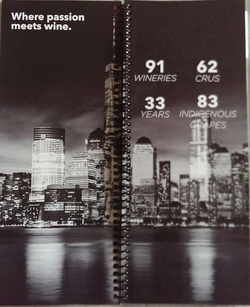 On Monday I went to the Vias Imports Grand Portfolio Tasting held at the IAC building in NYC. It was a beautiful venue to hold a wine tasting. Vias Imports has one of the most comprehensive portfolios of Italian wine in the US. In addition to Italy, their portfolio includes wines from Argentina, Austria, France, Lebanon, Spain, and the United States. With over 200 indigenous varietals that express Italy’s unique and diverse regions, there were many wines to taste, including several other countries. It was an afternoon of learning a little history and tasting a few varietals for the first time. One of the varietals that were new for me was the Barbarossa grape. I learned that some of the oldest Barbarossa vines in Italy are located in the Emilia-Romagna region. Fattoria Paradiso owns a hundred-year-old vineyard and produces this grape. I tasted the 2010 Il Dosso Barbarossa Forli, IGT made with 100% Barbarossa. It was fresh with cherry and hints of mint and chocolate. Another grape that was new to me was Dolcetto, found in the Piedmont region of Northwest Italy. I tasted a 2014 Vilot Dolcetto D’Alba from Ca Viola Vineyards. Made with 100% Dolcetto, it had lots of blackberry, licorice and a hint of almonds on the finish. 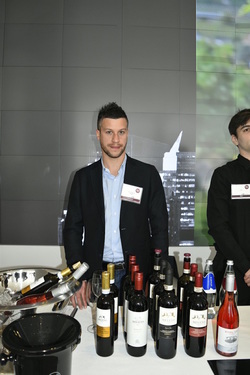 Matteo Menicacci Matteo Menicacci I met with Matteo Menicacci, winemaker and producer at Castello Di Meleto in Tuscany. He encouraged me to try the 2014 Vigna Casi Chianti Classico Riserva, DOCG. Made with 100% Sangiovese grape, it was smooth and elegant with floral and berries dancing on the palate. The vineyard is rich in history and it is worth visiting their website. http://www.castellomeleto.it I will revisit and share some of the many varietals that I tasted in future posts. But before I sign off, I must tell you about a heavenly wine from Le Salette, located in the Classica Valpolicella region. The 2012 La Marega Amarone Della Valpolicella Classico DOCG was exquisite. This Valpolicella blend was packed with spices, strawberry, herbs, chocolate and plum with a velvety finish. I would drink this for dessert!
Have a great Wednesday! Cheers! Penina  It was a busy Wednesday and in between dealing with business, I was on a search for fresh escarole. None was to be found. It seems that due to the weird weather we’ve been experiencing, the winter crops are not fairing well and most markets aren’t selling escarole right now. I was hoping to put together a pasta dish of sautéed escarole, cannellini beans and shrimp. So, I improvised and used broccoli rabe, which actually ended up giving the dish a little more dimension. We started the meal with a small serving of Tomato Basil Bisque and homemade peasant bread. 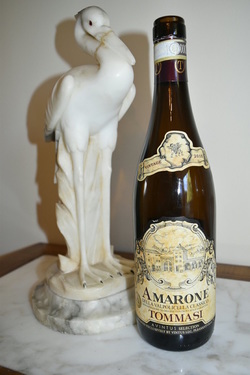 Prior to serving the soup, I opened a bottle of 2010 Tommasi Amarone della Valpolicella Classico. Instead of rich dark fruit aromas, there was an overwhelming mustiness that carried over to the palate. By the time we finished our soup, the wine had developed a small trace of cherry and plum on the palate with the mustiness still in the forefront. I was disappointed to say the least, but it was not worth waiting to see if the wine got any better. So we left “Italy” and traveled to “Spain” and opened a 2009 Bodegas San Prudencio Depadre Rioja. I reviewed this wine in June and it was even better than I remembered. My previous review: “The color was a dark Syrian amethyst with heady aromas of dark fruits and floral bouquet. Made from Tempranillo and Garnacha, this multi-layered wine exploded on the palate with blackberry, cherry, anise, espresso beans and a hint of vanilla. It was quite impressive with a long finish. This is a wine with a lot of character and depth.” And, it is a full-bodied wine with medium tannins. Alcohol: 13.5%. http://bodegasanprudencio.es The wine paired well with the rest of the meal. Happy Thursday!
Cheers! Penina Due to my busy schedule today, I’m squeezing in a quick post about Masi Agricola Spa in the Valpolicella Classico region (Veneto). I attended a wine tasting this past September where I sampled a few vintages of their Amarone. I think my post about it is worth sharing again. 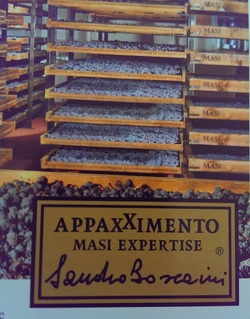 “I made my way to Veneto, where Tony Apostolakos, the U.S. Director of Masi Agricola was waiting to guide me through a tasting of Amarone. It is interesting to note that Sandro Boscaini, the owner of Masi, is referred to as “ Mr. Amarone” due to the unique crafting of his wines. He uses the appassimento method to concentrate aromas and flavors in wine. The Appaxximento symbol can be found on his labels guaranteeing the authenticity and quality of Masi Wine. I’ll highlight a few of the wines I tasted. The 2011 Costasera Amarone was full-bodied with cherry, plum and spices. The 2008 Vaio Armaron Amarone, aged in cherry wood casks for four months, was amazing. The aroma and flavor of cherries, spices and fruit lingered on the palate. Before I departed I was treated to a taste of 1999 Amarone della Valpolicella Classico. It had a beautiful bouquet of fruit and earth, with dark fruit and spice on the palate." 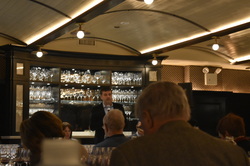 Raffaele Boscaini Raffaele Boscaini On Tuesday, at the Grandi Marchi Seminar, Sandro Boscaini’s son, Raffaele led us through a guided tasting of 2009 Riserva di Costasera. It is made with 70% Corvina, 15% Rondinella, 10% Oseleta and 5% Molinara grapes. Oak Maturation is 38-40 months with 6 months in the bottle. The color was deep ruby with aromas of cherry, plum and a touch of earth. The palate offered rich black cherry, spice and a hint of pepper. It was elegant and full-bodied with smooth tannins. Alcohol 15.5%. I will definitely add this wine to my collection. http://www.masi.it Happy Thursday!
Cheers! Penina 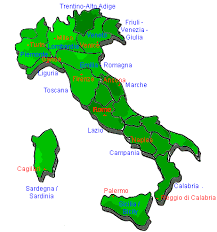 Bel Giorno! Yesterday I began my review of the Kobrand Tour d’Italia 2015 eight-city tour of Italy. We explored some wonderful vineyards and tasted interesting wines. I now have three more stops to make. 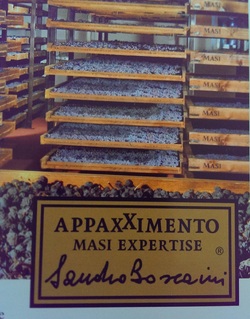 I made my way to Veneto, where Tony Apostolakos, the U.S. Director of Masi Agricola was waiting to guide me through a tasting of Amarone. It is interesting to note that Sandro Boscaini, the owner of Masi, is referred to as “ Mr. Amarone” due to the unique crafting of his wines. He uses the appassimento method to concentrate aromas and flavors in wine. The Appaxximento symbol can be found on his labels guaranteeing the authenticity and quality of Masi Wine. I’ll highlight a few of the wines I tasted. The 2011 Costasera Amarone was full-bodied with cherry, plum and spices. The 2008 Vaio Armaron Amarone, aged in cherry wood casks for four months, was amazing. The aroma and flavor of cherries, spices and fruit lingered on the palate. Before I departed I was treated to a taste of 1999 Amarone della Valpolicella Classico. It had a beautiful bouquet of fruit and earth, with dark fruit and spice on the palate. http://www.masi.it 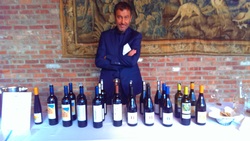 The next stop was Piedmont to visit Michele Chiarlo, a family owned and run winery. Their grape varieties are Moscato, Barbera, Nebbiolo and Cortese. It is interesting to note that the wines are never blended. I tried a 2011 Reyna, Barbaresco, 100% Nebbiolo. It was flowing with dark fruit, spice and licorice. The 2007 Cannubi Barolo, also 100% Nebbiolo was full-bodied with notes of licorice, spice and firm tannins. Although I didn’t have a chance to taste the light sparkling wine Nivole, Moscato d’Asti, 100% Moscato, I was told the wine is so delicate that, Michele Chiarlo named it Nivole after the Piedmontese word for clouds. http://www.michelechiarlo.it/ My final destination was back in Tuscany with Ambrogio E Giovanni Folonari. The Folonari family began their wine making in the 1700’s and are considered among Tuscany’s top winemakers. Their portfolio is vast and with the array of bottles set before me, I knew that I didn’t have time to sample them all. So I asked Claudio Andreani to guide me through a few of the wines. We started with the 2010 Tenuta La Fuga Brunello di Montalcino. It was full-bodied and robust with dark berry and tobacco. The 2012 Tenute del Cabreo Il Borgo was smooth and earthy. Tannins were a bit chewy. Next was Tenuta di Nozzole Chianti Classico Riserva, 100% Sangiovese. Aged for 16 months in Slavonian oak vats, the wine was earthy with firm tannins. My last taste was a 1997 Tenuta Campo al Mare, Rosso, Bolgheri. This wonderful Bordeaux-style blend was rich in flavor. Dark fruit, licorice and a long smooth finish completed my day of tasting. http://tenutefolonari.com
Have a great Friday! Cheers! Penina  In between work, car travel and my “to do” list yesterday, I managed to make a delicious Cuban whole wheat bread and scrumptious dinner. The adrenalin was pumping! 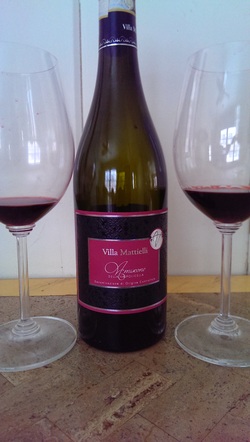 When my dinner guest arrived, I opened a bottle of 2010 Villa Mattielli Amarone della Valpolicella. I reviewed this wine a few months ago and my thoughts about it are still the same. Although the wine wasn’t decanted this time, it was every bit as good. This is what I had to say about it a few months ago. “It had dark berries and spice on the nose. The wine was rich and smooth with notes of dark cherry, clove, red currants, a hint of white chocolate and oak. Soft tannins and jam gave this a very nice finish.” The only comment I want to add is that the flavors got more intense as the evening went on. I have one bottle left and I plan to keep it under wraps for a year or so. Okay…back to work for me!
Happy Wednesday! Cheers! Penina |
Categories
All
|

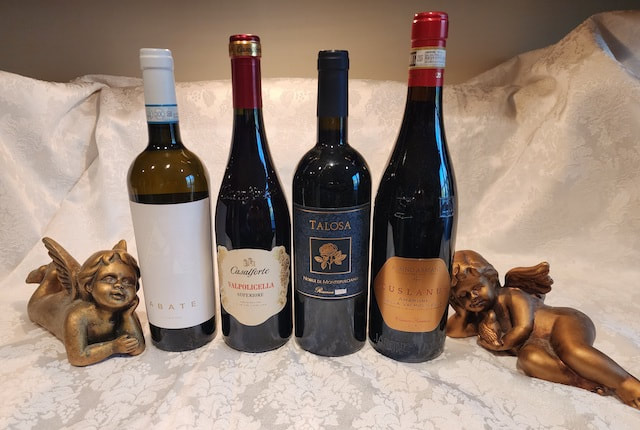
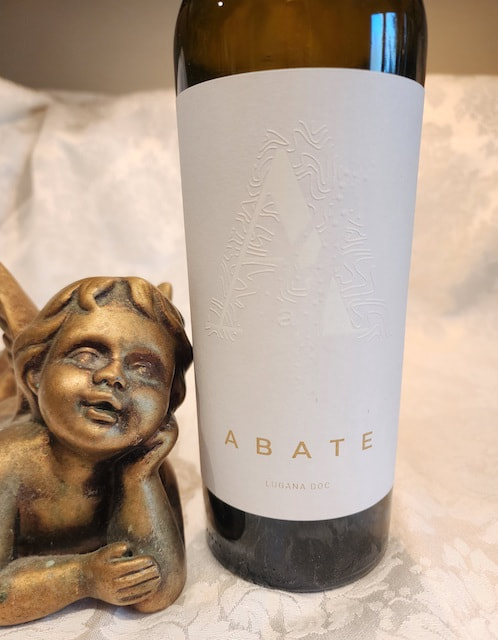
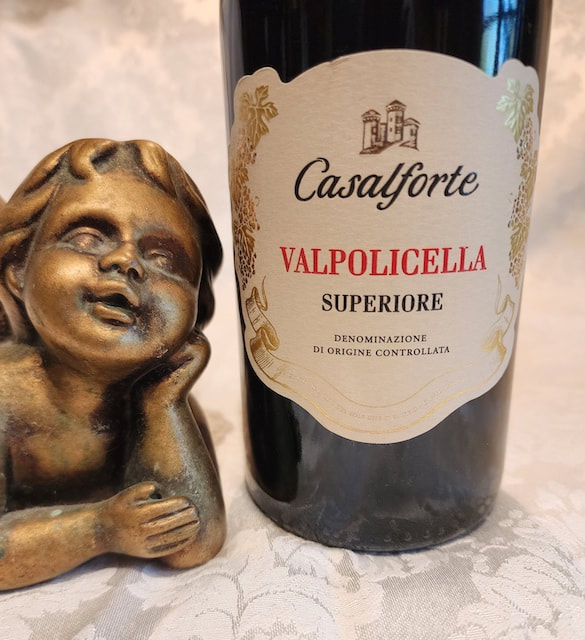
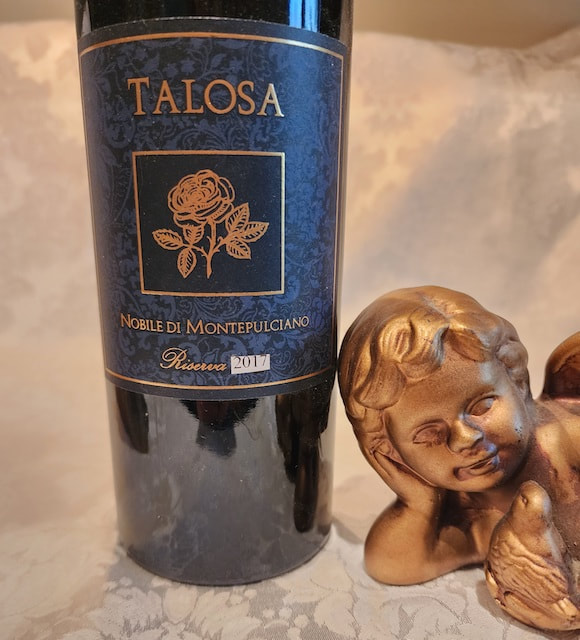
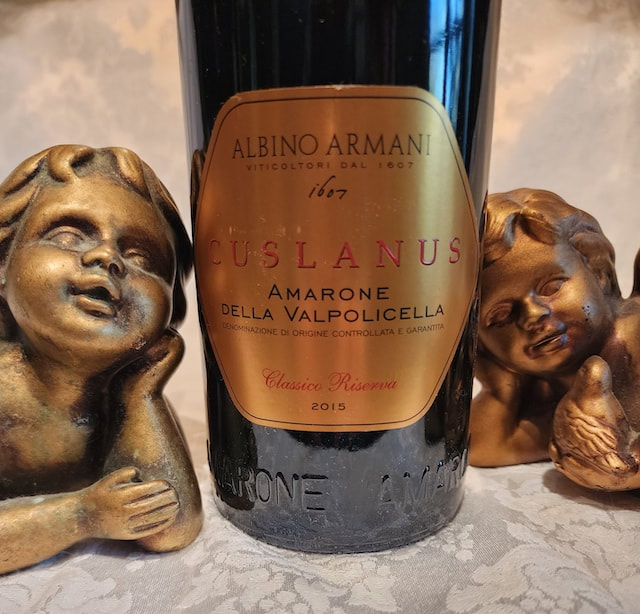
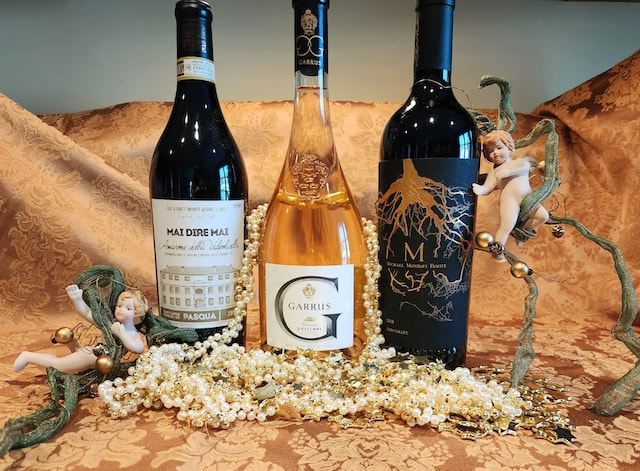
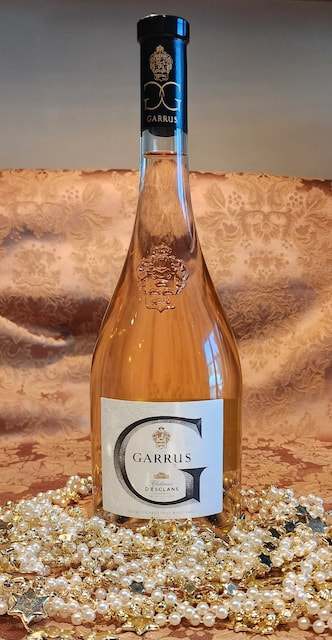
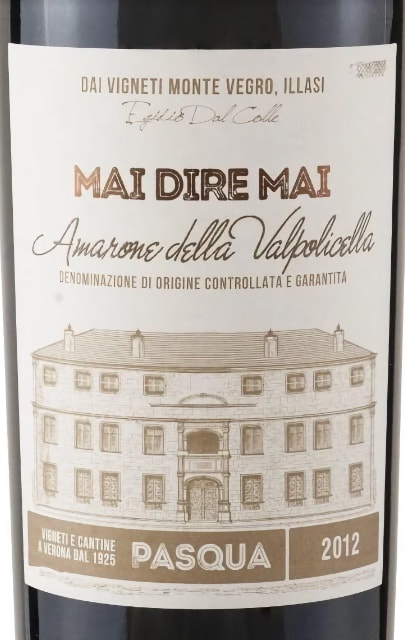

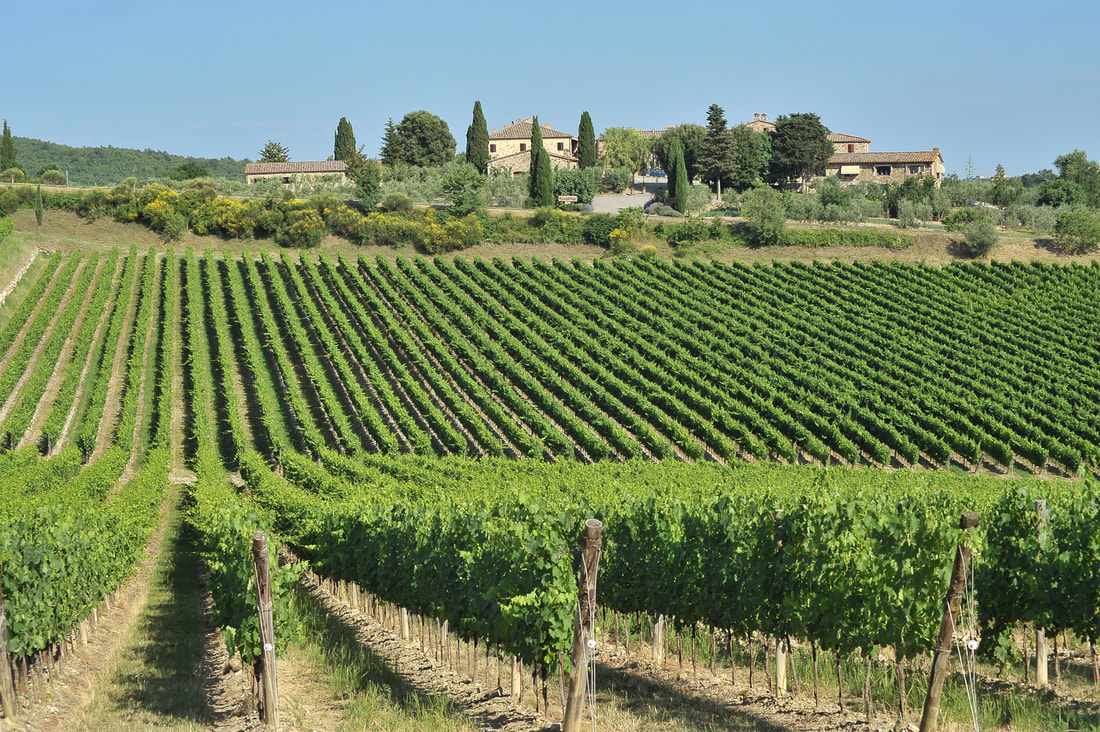
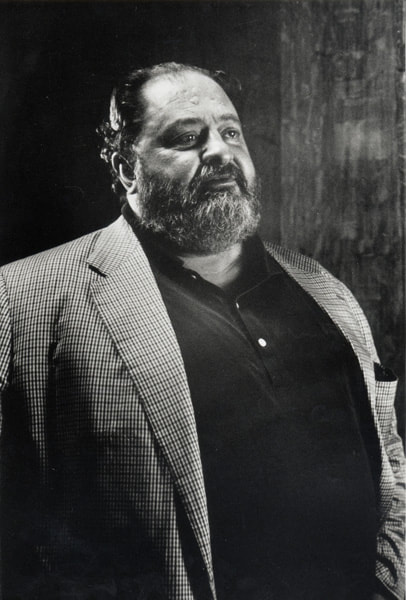
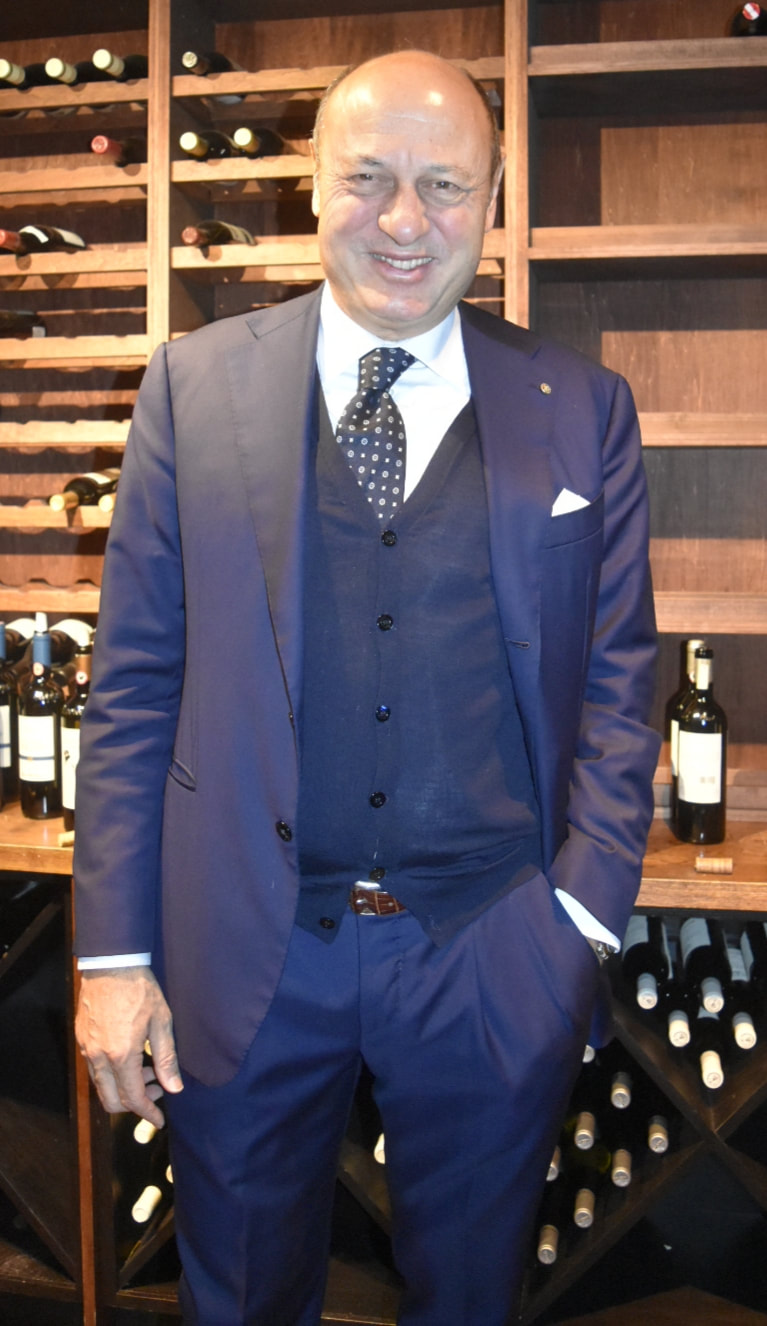
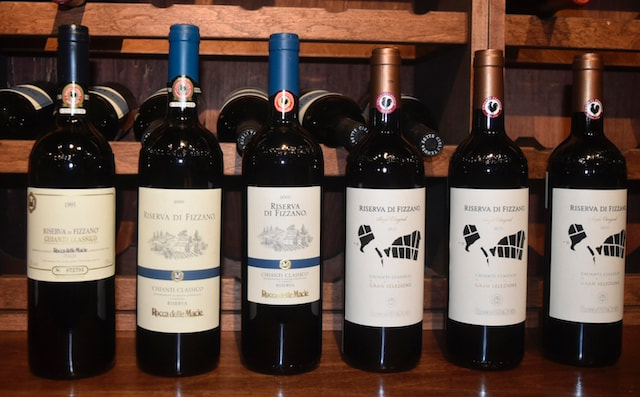
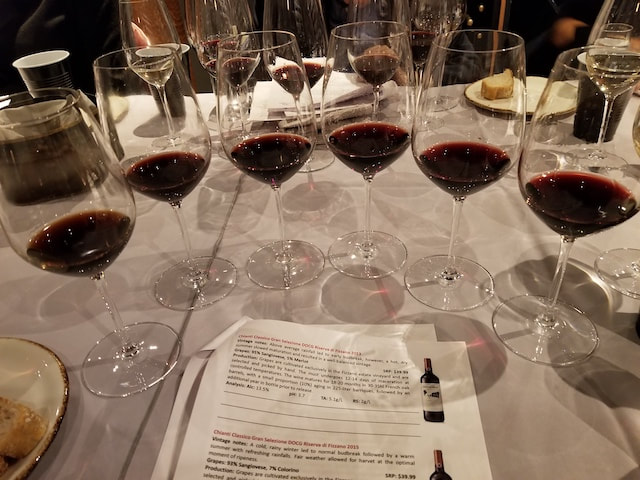
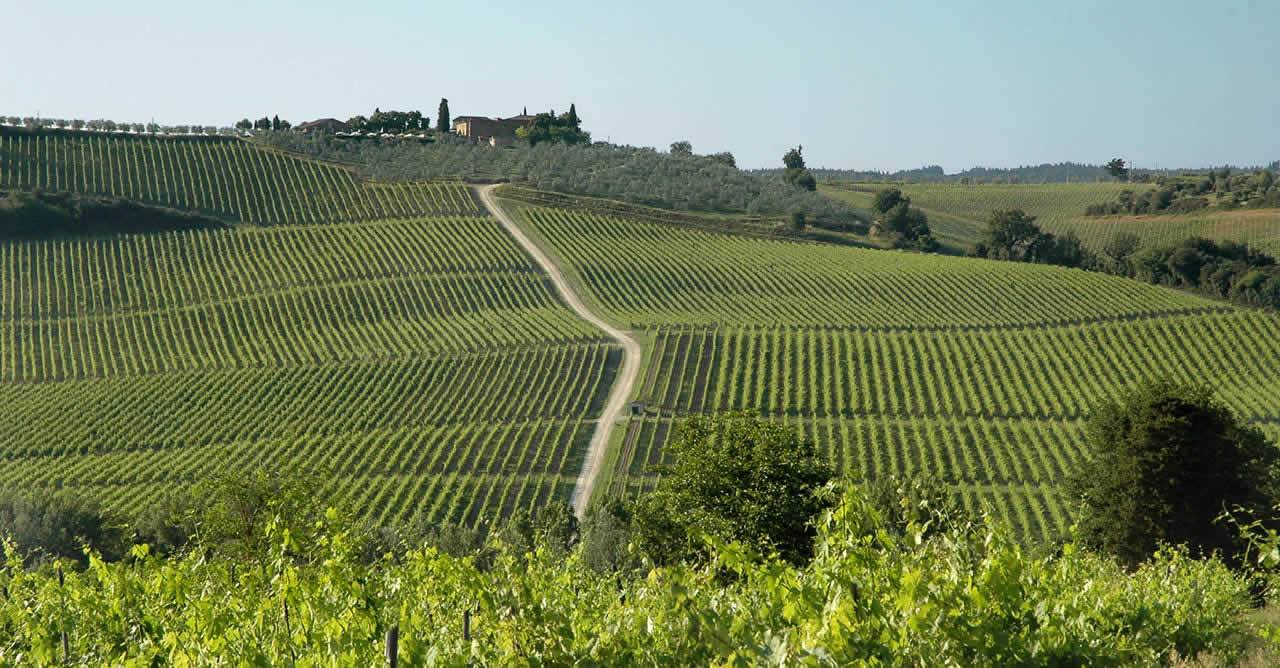
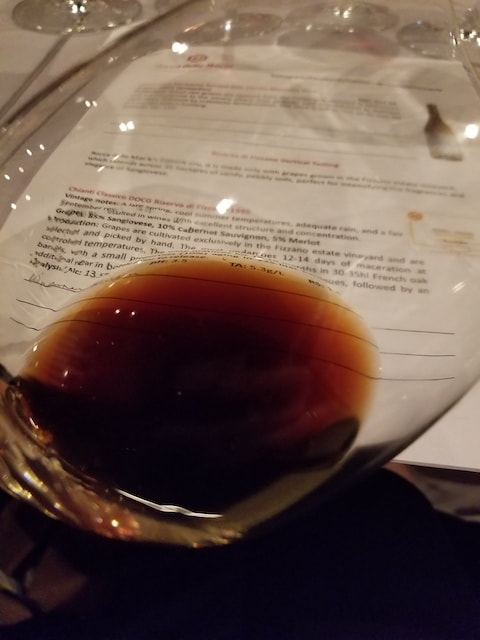
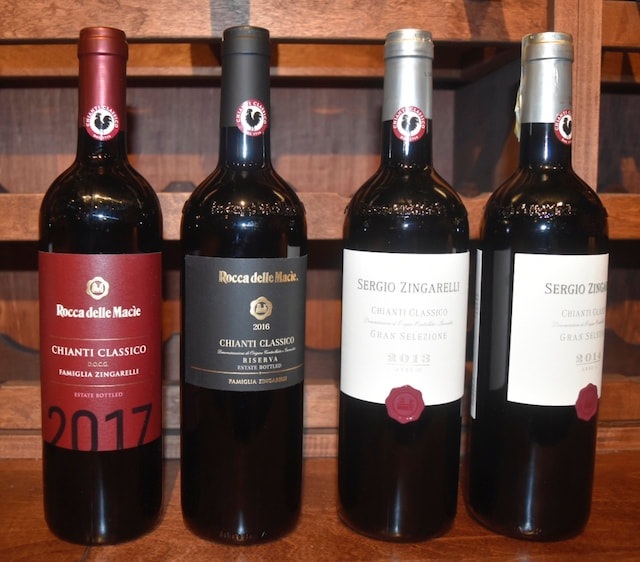
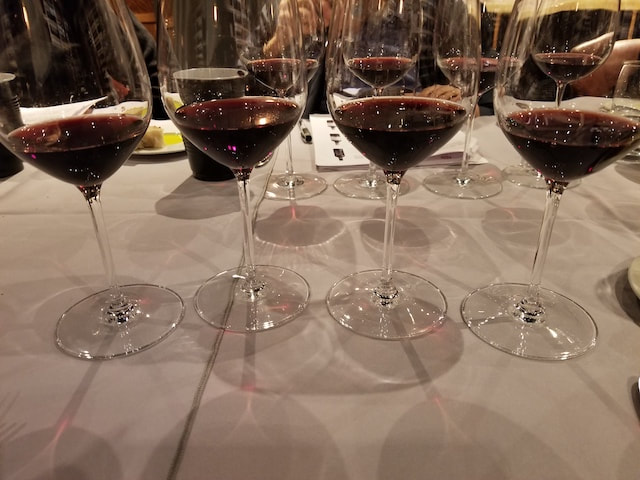
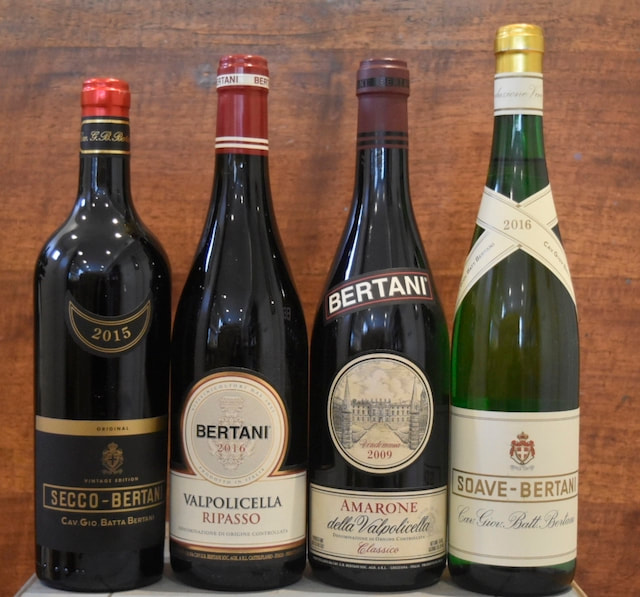
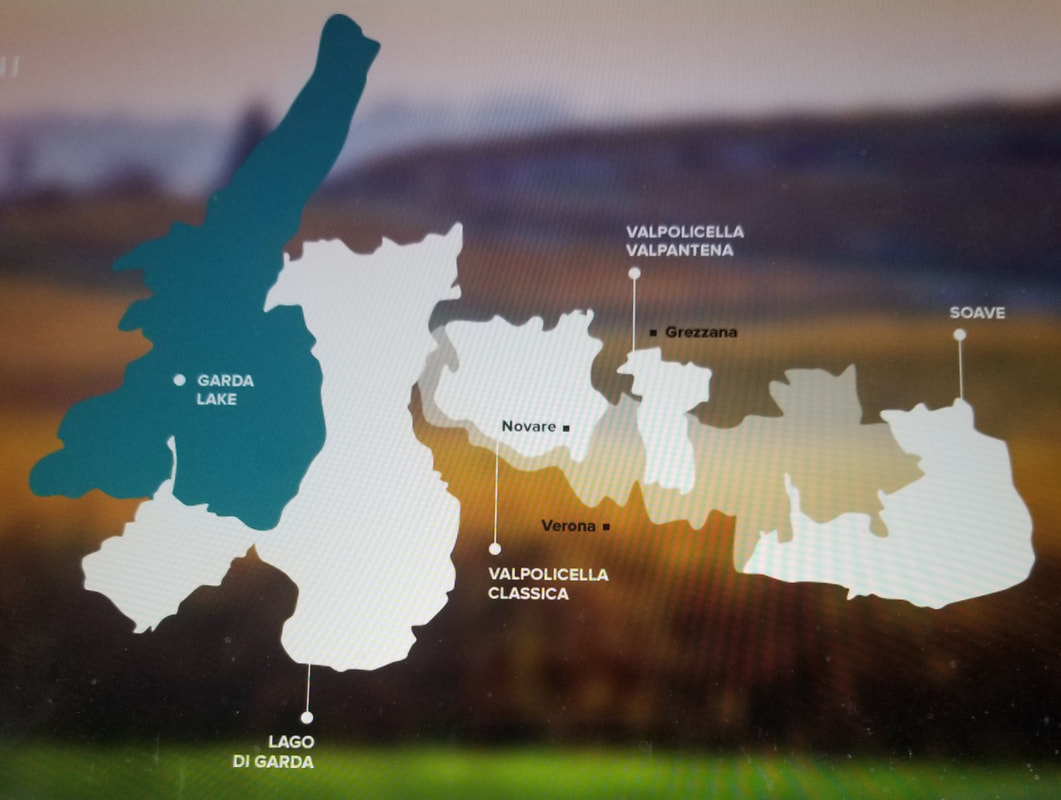
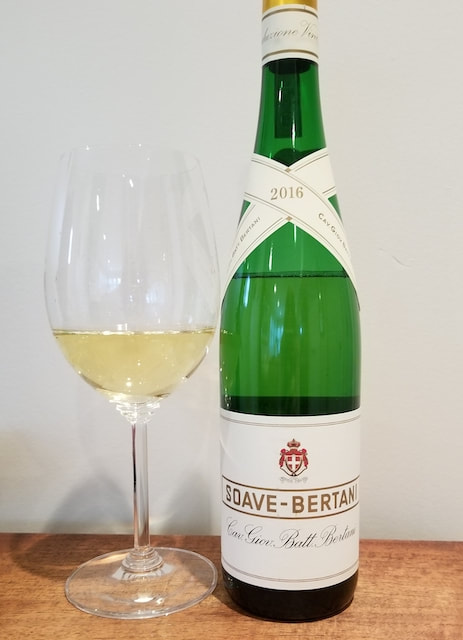
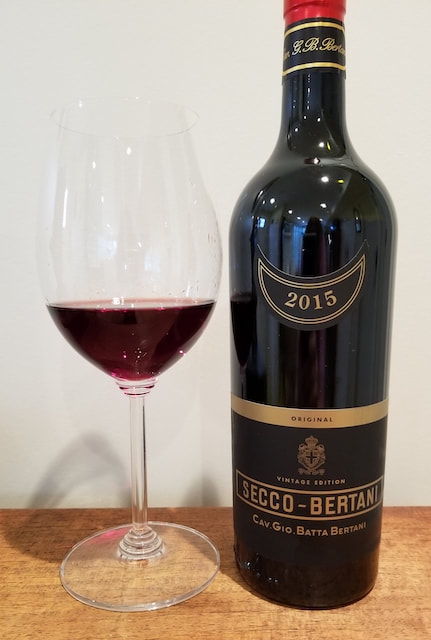
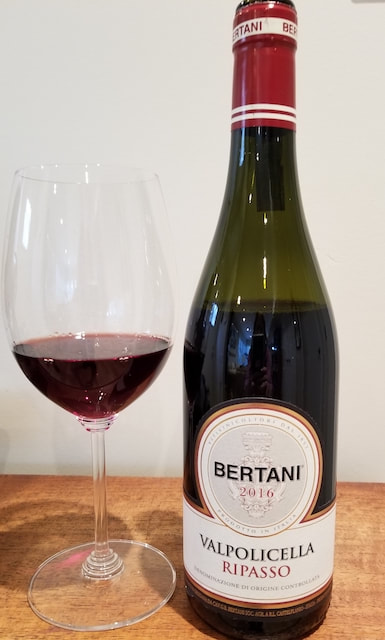
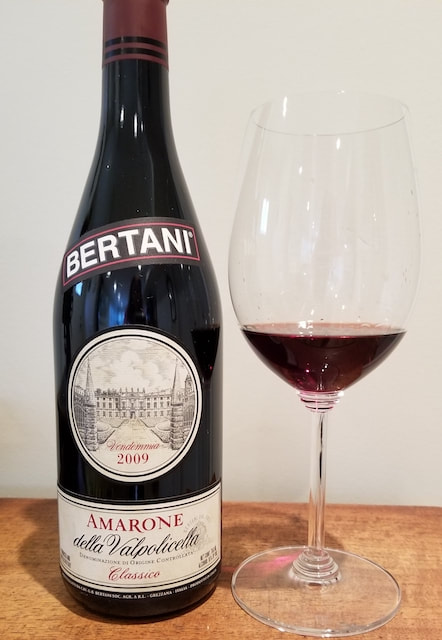
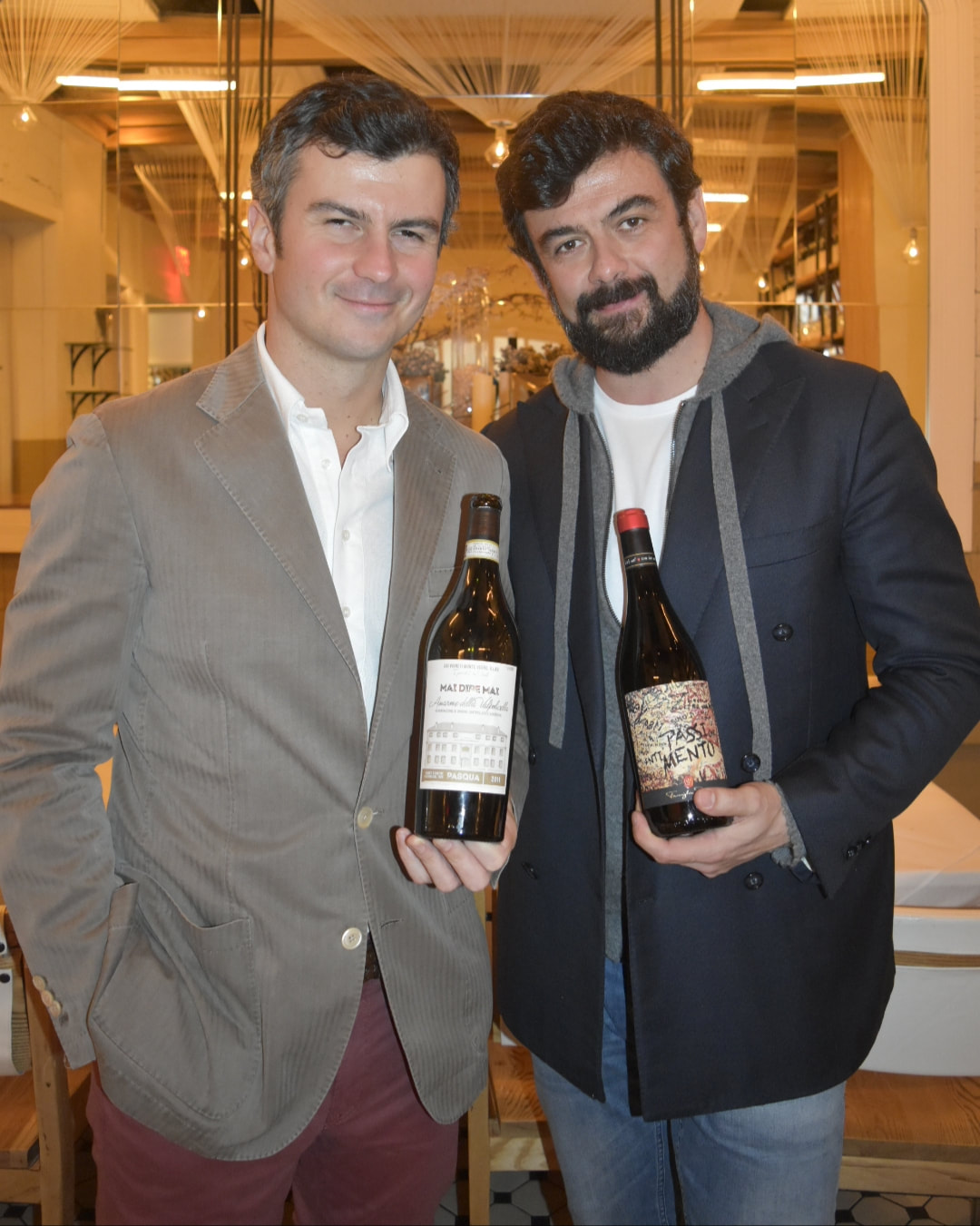
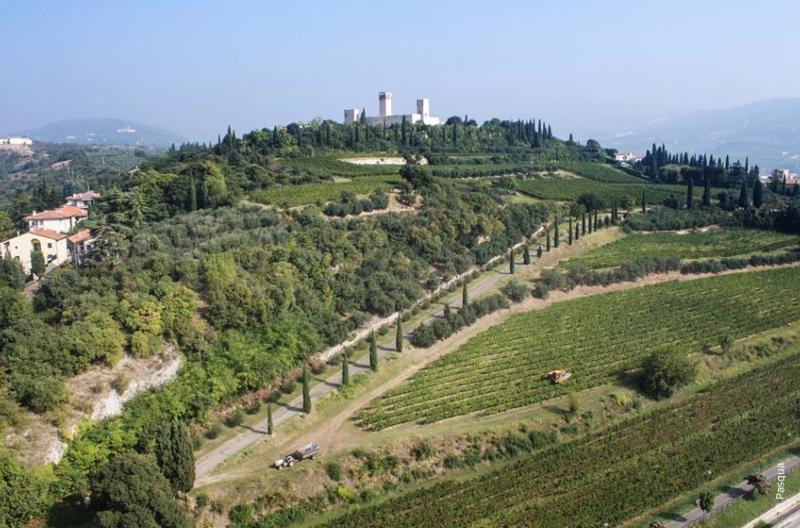
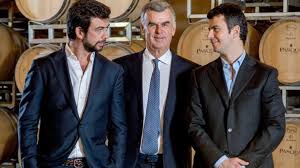
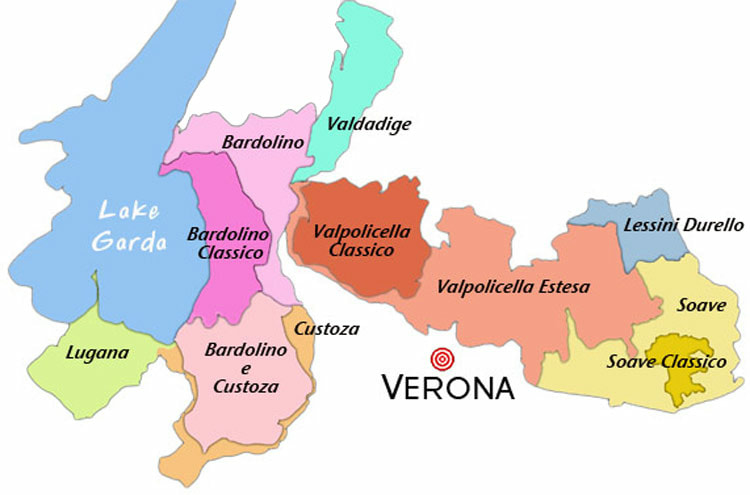
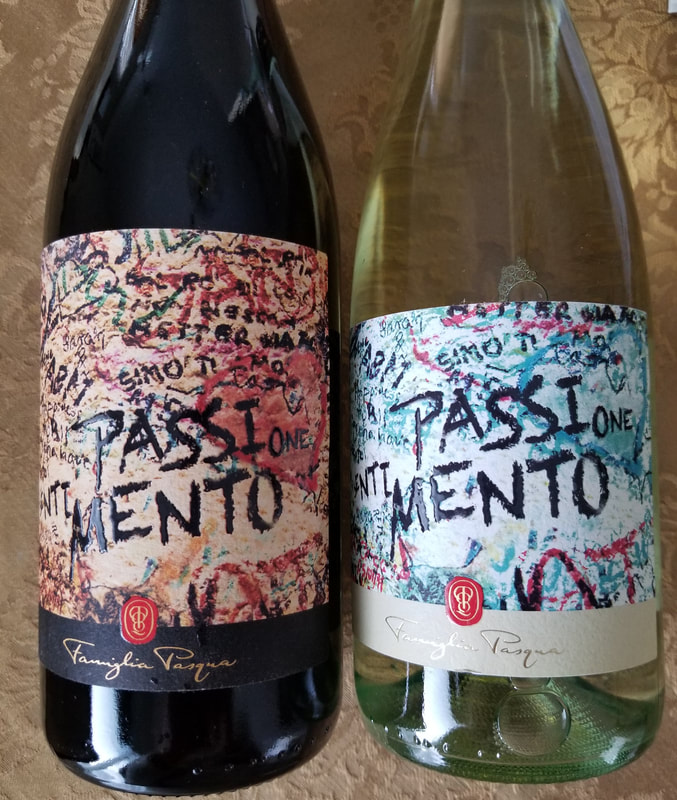
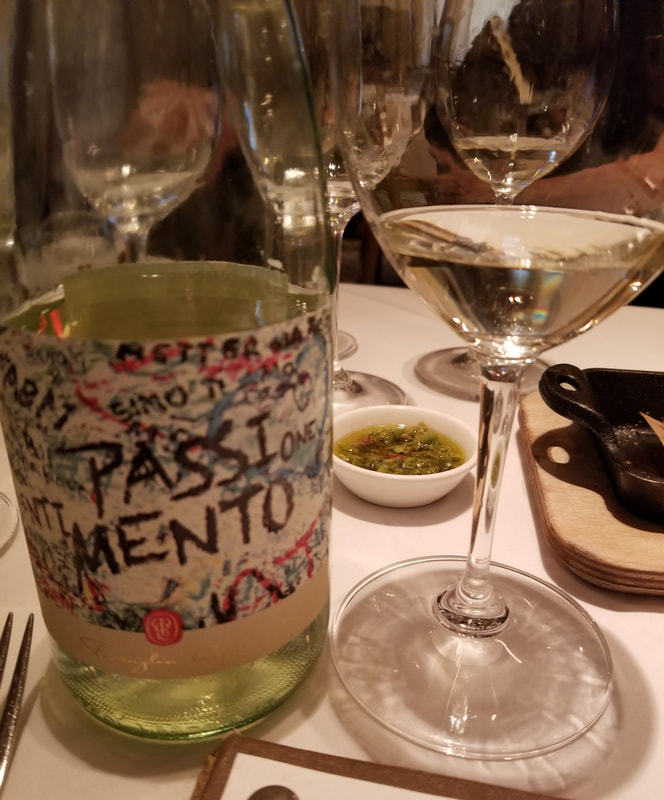
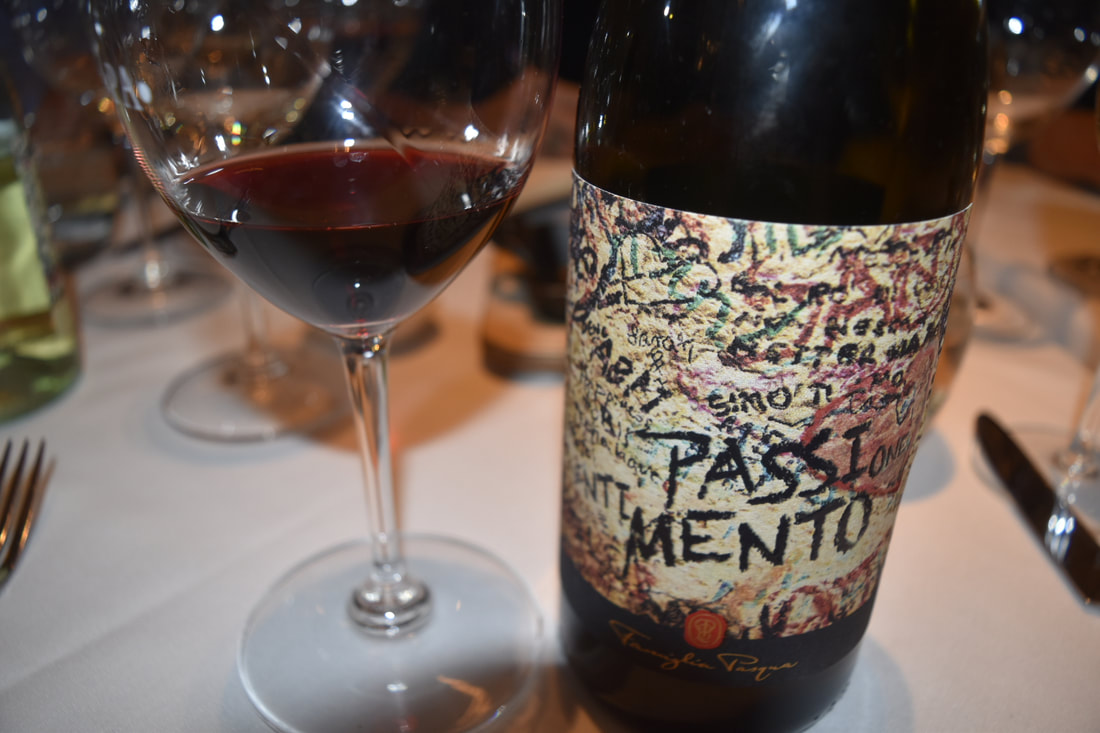
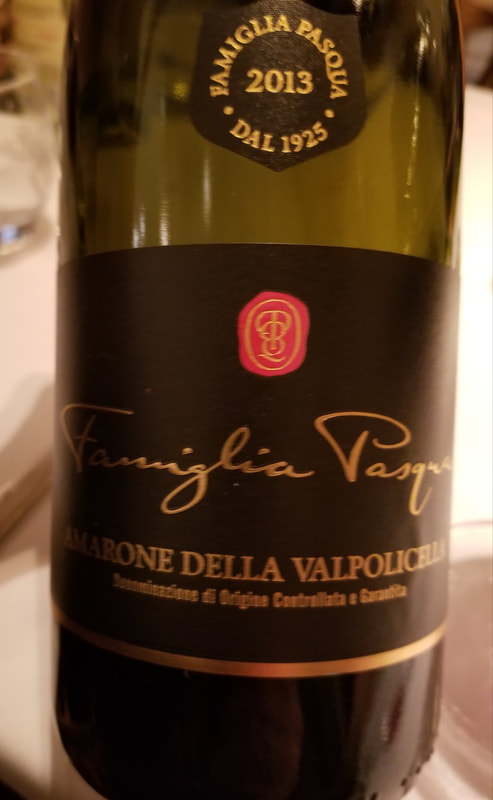
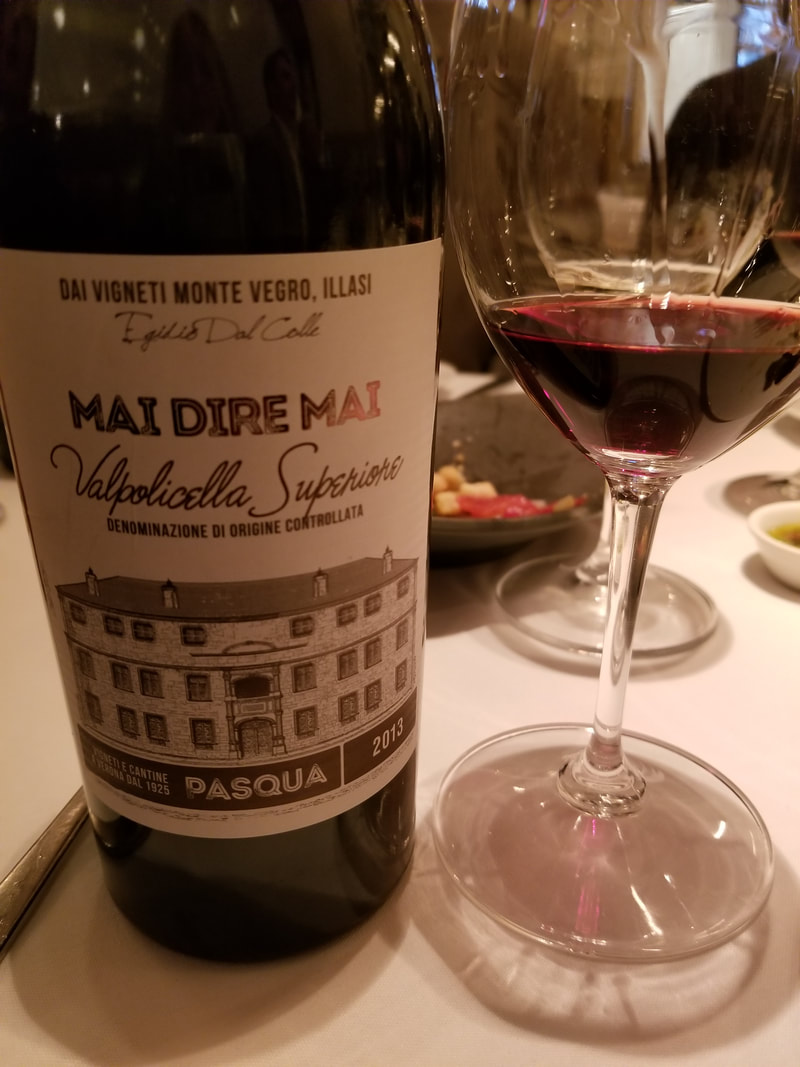
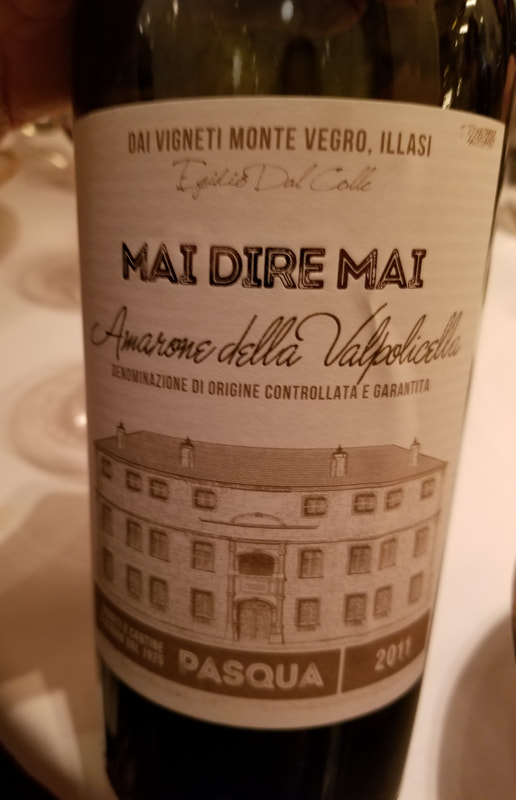
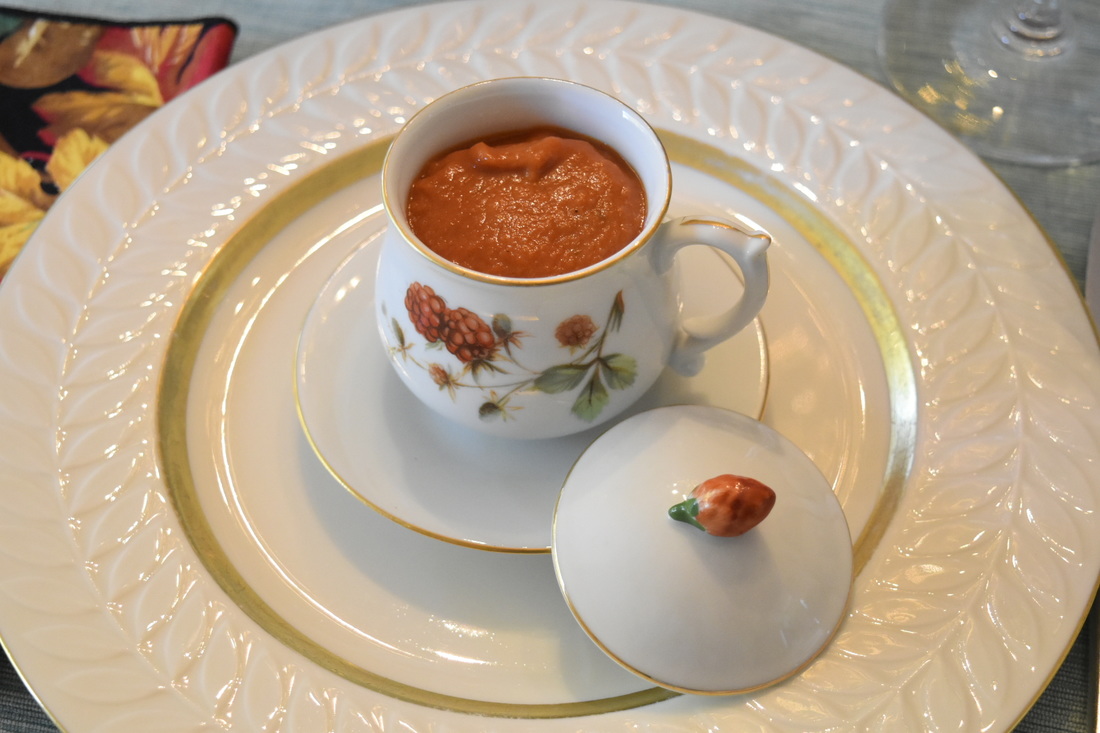
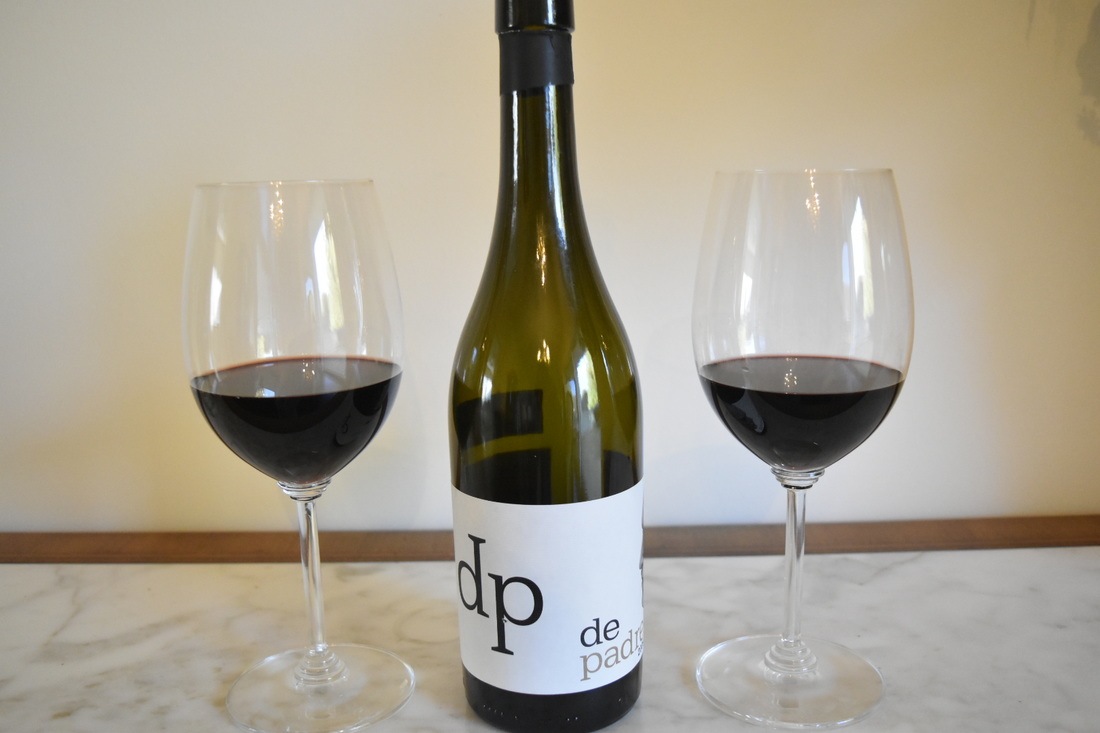
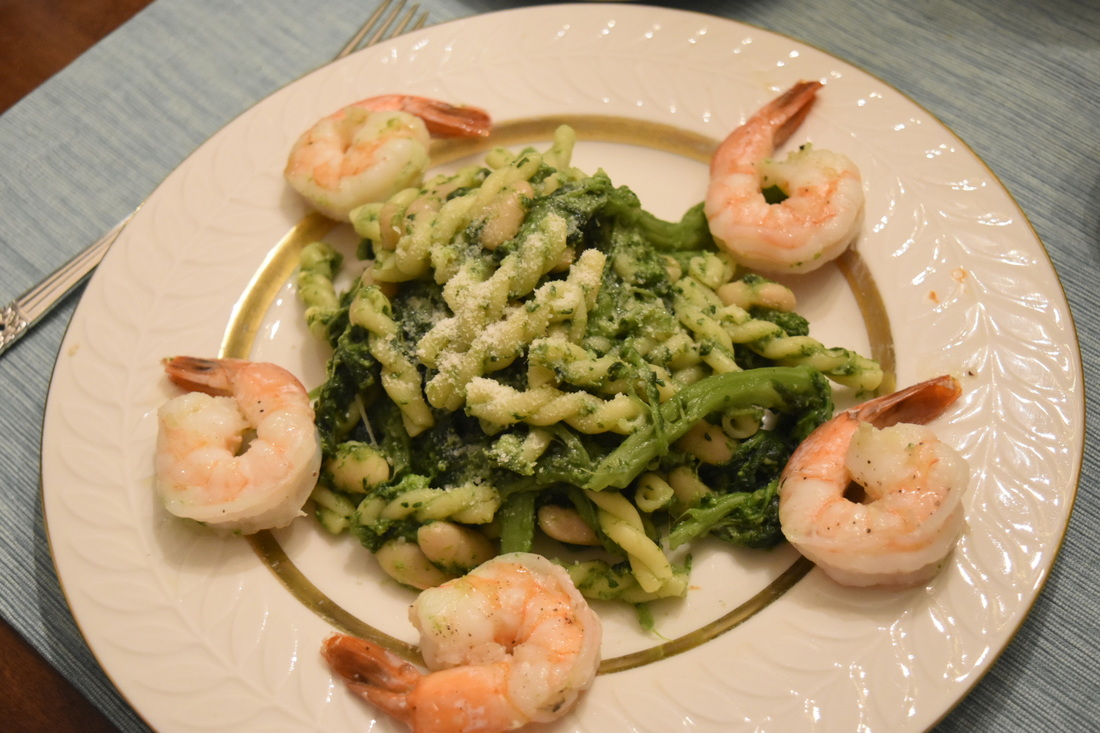
 RSS Feed
RSS Feed